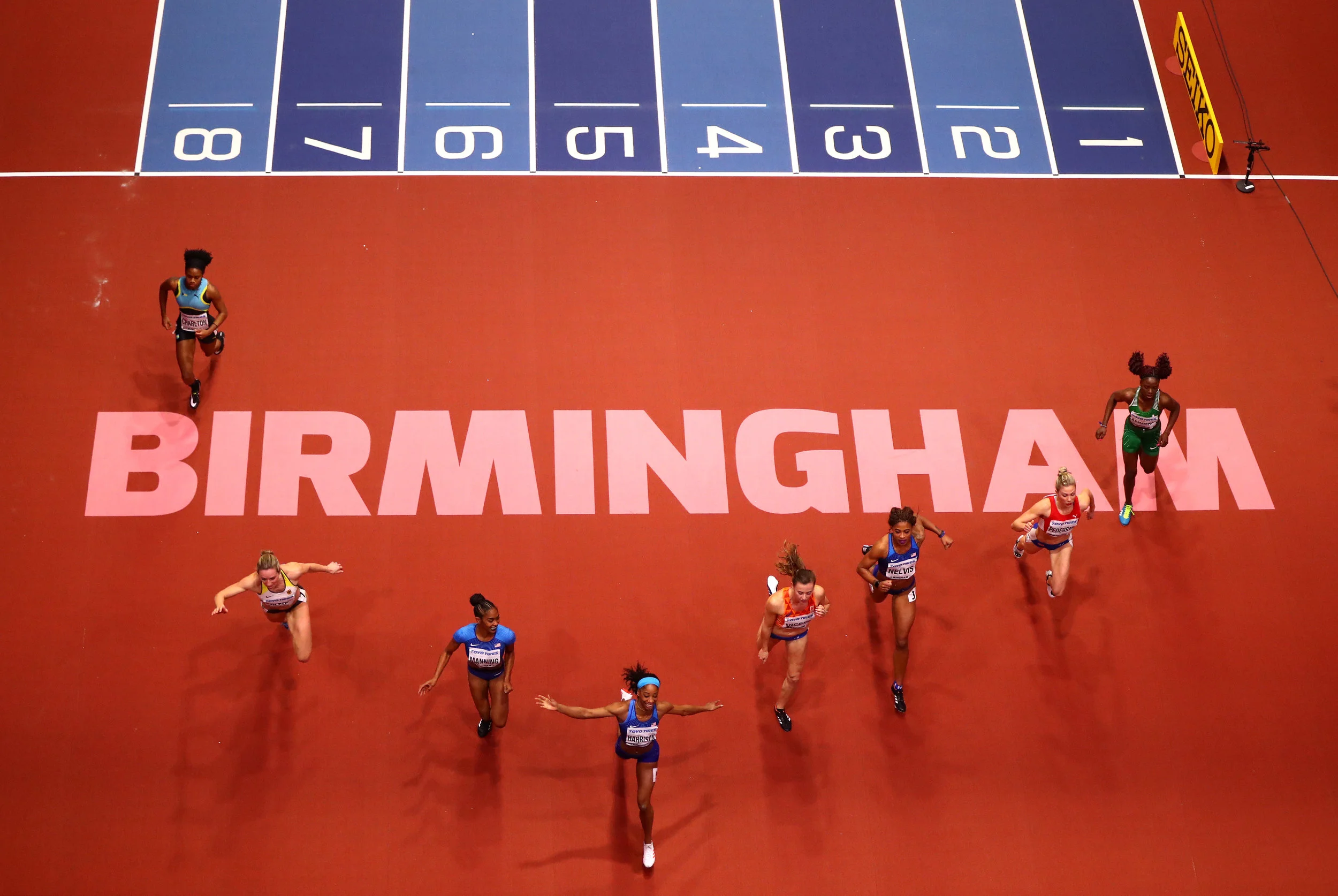YOKOHAMA, Japan — Journalism is storytelling, and storytelling necessarily involves tension, and from the get-go an irreconcilable tension dictated the way local organizers and track and field’s international governing body approached this fourth edition of the IAAF World Relays.
The Japanese hosts necessarily and understandably viewed these Relays at 72,327-seat International Stadium — site of the 2002 World Cup soccer final that saw Brazil defeat Germany, 2-0 — as a test event for next summer’s Tokyo Olympics. Tokyo is maybe 35 minutes away. At a Friday news conference, Hiroshi Yokokawa, president of the Japanese track and field federation and member of the IAAF council, said, “The road [on which] we are now standing is heading straight to the Tokyo 2020 Games.” Koji Murofushi, the 2004 Athens hammer throw gold medalist who is the Tokyo 2020 sports director, called the Relays a “milestone for the Tokyo 2020 Games.” Even the athletes understood the direction, Ryota Yamagata, who ran on the Japanese men’s silver-medal 4x100 relay at the 2016 Rio Games, declaring at that same briefing, “We want to have a good start to the Tokyo 2020 Olympics and 37[-plus] seconds is a good benchmark.”
Compare to the words of IAAF president Seb Coe.
The Relays, Coe said at that very same news conference, make for a “suffusion of fun and innovation.”










